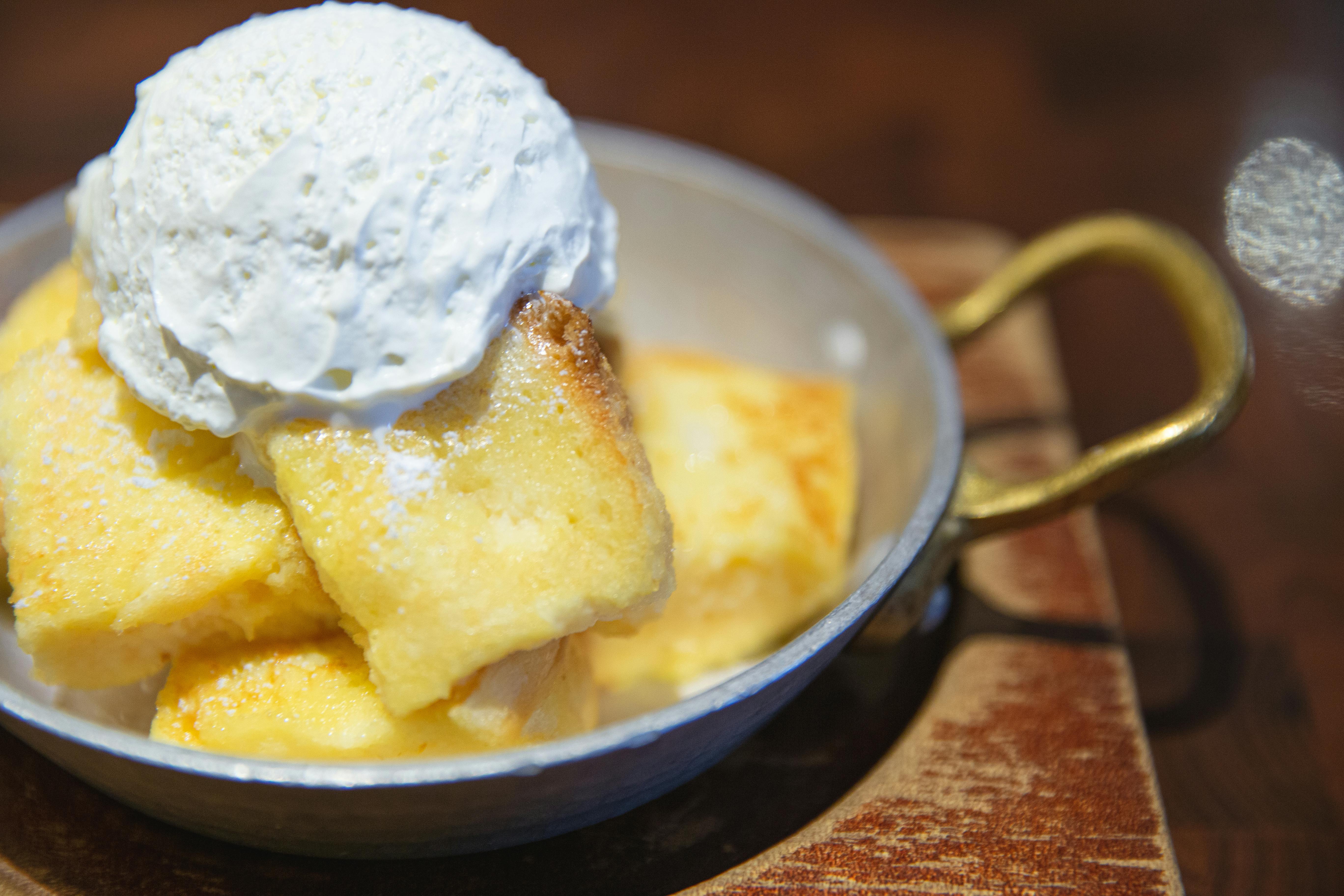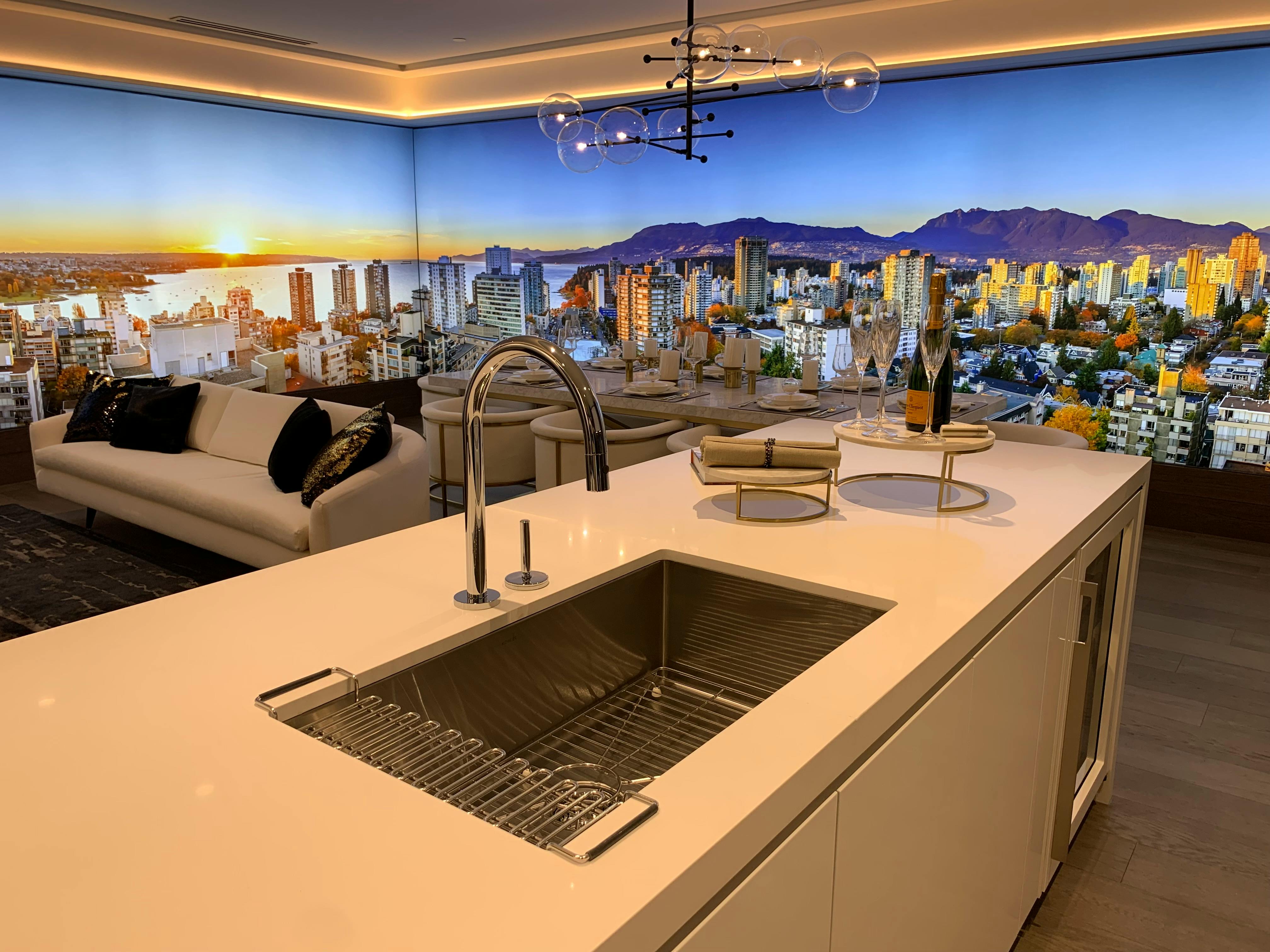One of the most popular materials used by homeowners for patios, driveways, driveways, floors, fireplaces, counters, and even window sills and trim is natural blue stone. The main reason for this is that the stone is incredibly durable and is available in a variety of colors, including: grays, pinks, greens, blues, and even a lilac purple. However, if you plan to use bluestone as a flooring material, there are a number of issues that you need to consider first:
Water
Unfortunately, bluestone is a very porous material, which means that it will absorb and retain water, leading to a number of problems, including:
- A slight curl in the stone, which can cause individual pavers to dislodge from their level alignment.
- Loss of color with spots where large volumes of water have settled or absorbed.
- An unappealing, oily build-up that is caused by soap residue in the water that is not absorbed by the stone.
If you plan to use bluestone as a flooring material in areas that will be frequently exposed to water (such as bathrooms and patios), you will need to ensure that it is properly sealed.
Discoloration, scratches and chips
These are all common problems that plague bluestone when used as a flooring material. However, there are a few ways to fix these problems and prevent them from occurring:
- The discoloration (or efflorescence) is due to the stone absorbing water and then releasing mineral salts, which dry on the surface as a white powder. Just vacuum, mop, or sweep.
- Bluestone can be easily scraped, scraped, or chipped, but if these marks are minor, they can be sanded lightly. Deeper marks will need professional attention.
Spills and breaks
The sad reality is that bluestone is a very unforgiving material – if you drop something that can break, it will likely break and most spills will cause discoloration. The best way to protect against these problems is to seal the stone (which will also waterproof it) and place rugs or carpet scraps in high traffic areas. Not only will this help protect fragile items from breaking if dropped, but it will also help reduce stress on people who remain on the bluestone for extended periods of time.
Although bluestone, when used as a flooring material, is subject to some problems, if properly cared for and maintained, none of these problems should occur. By the time you’ve installed your bluestone floors, have them sealed and then regularly reapply this sealer (every two years is good enough) and you’ll be making great progress in preventing some of the above issues from occurring.


